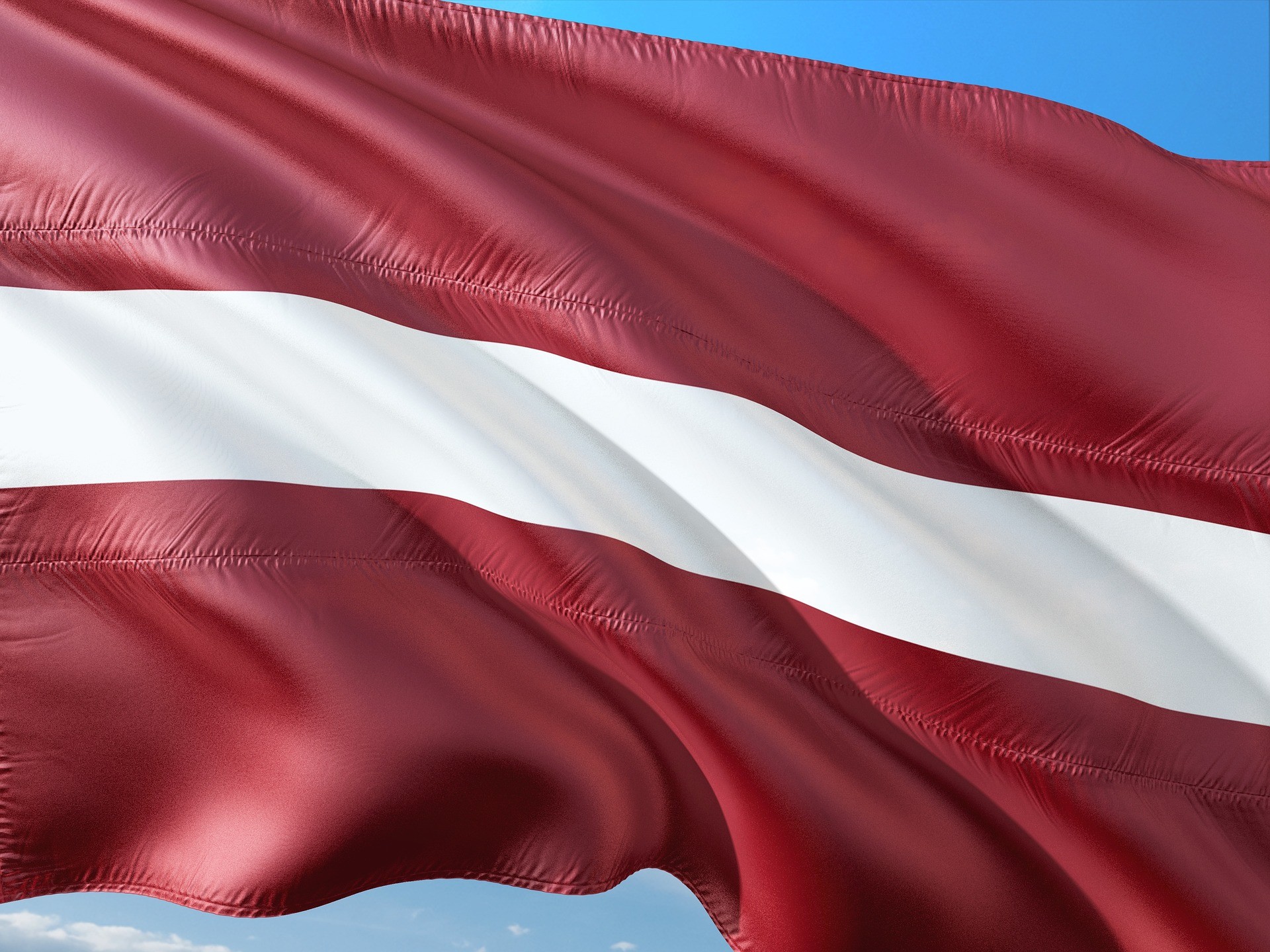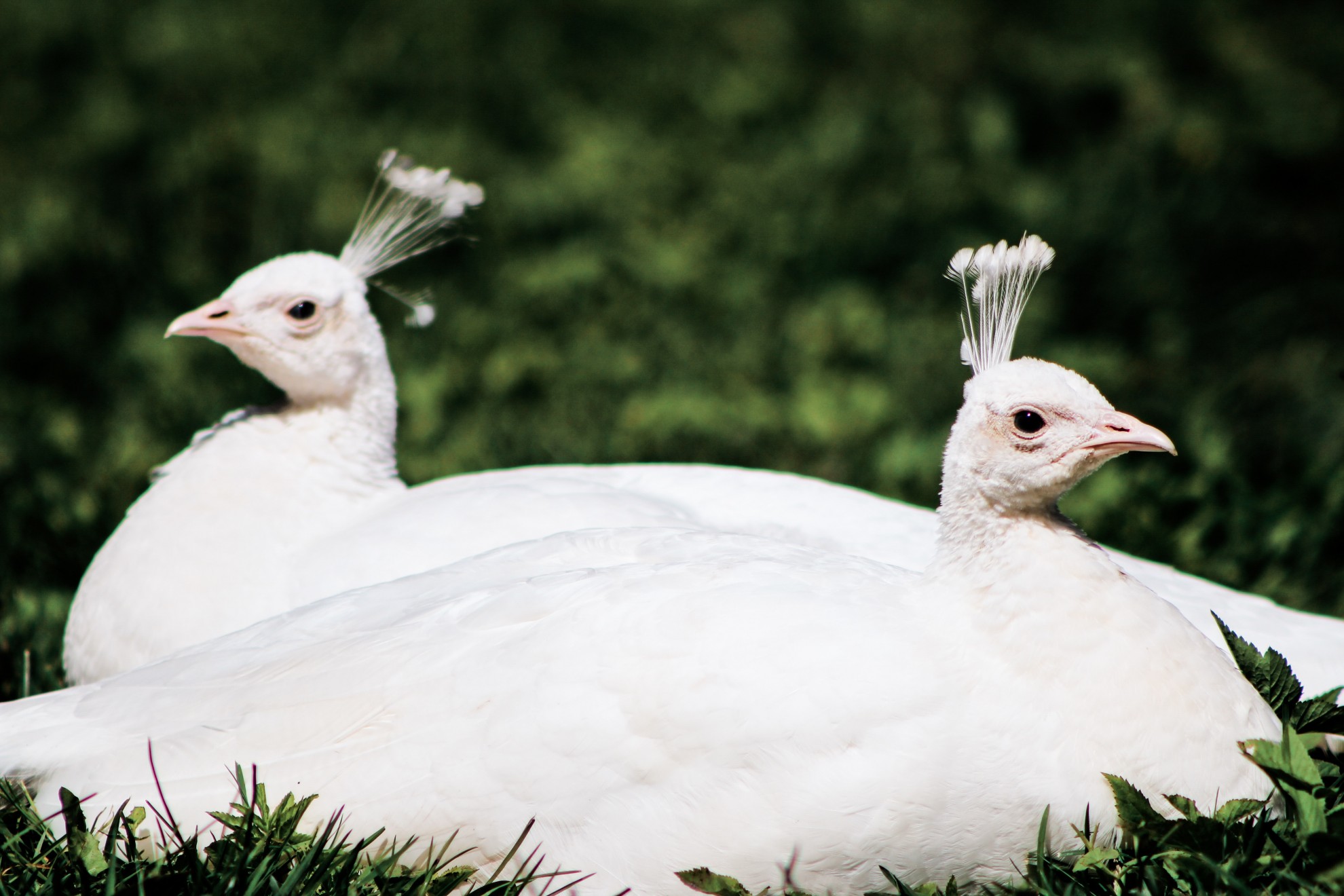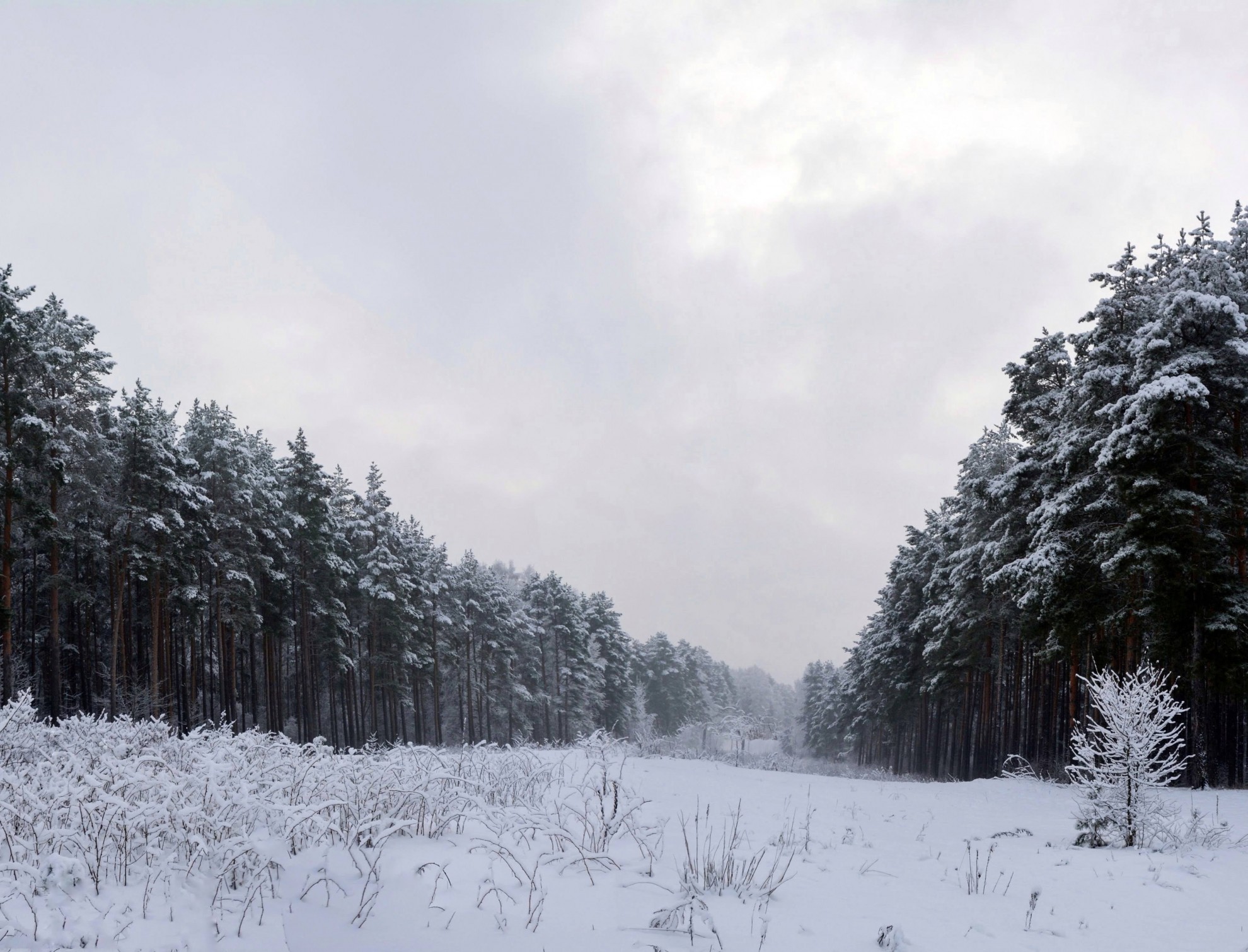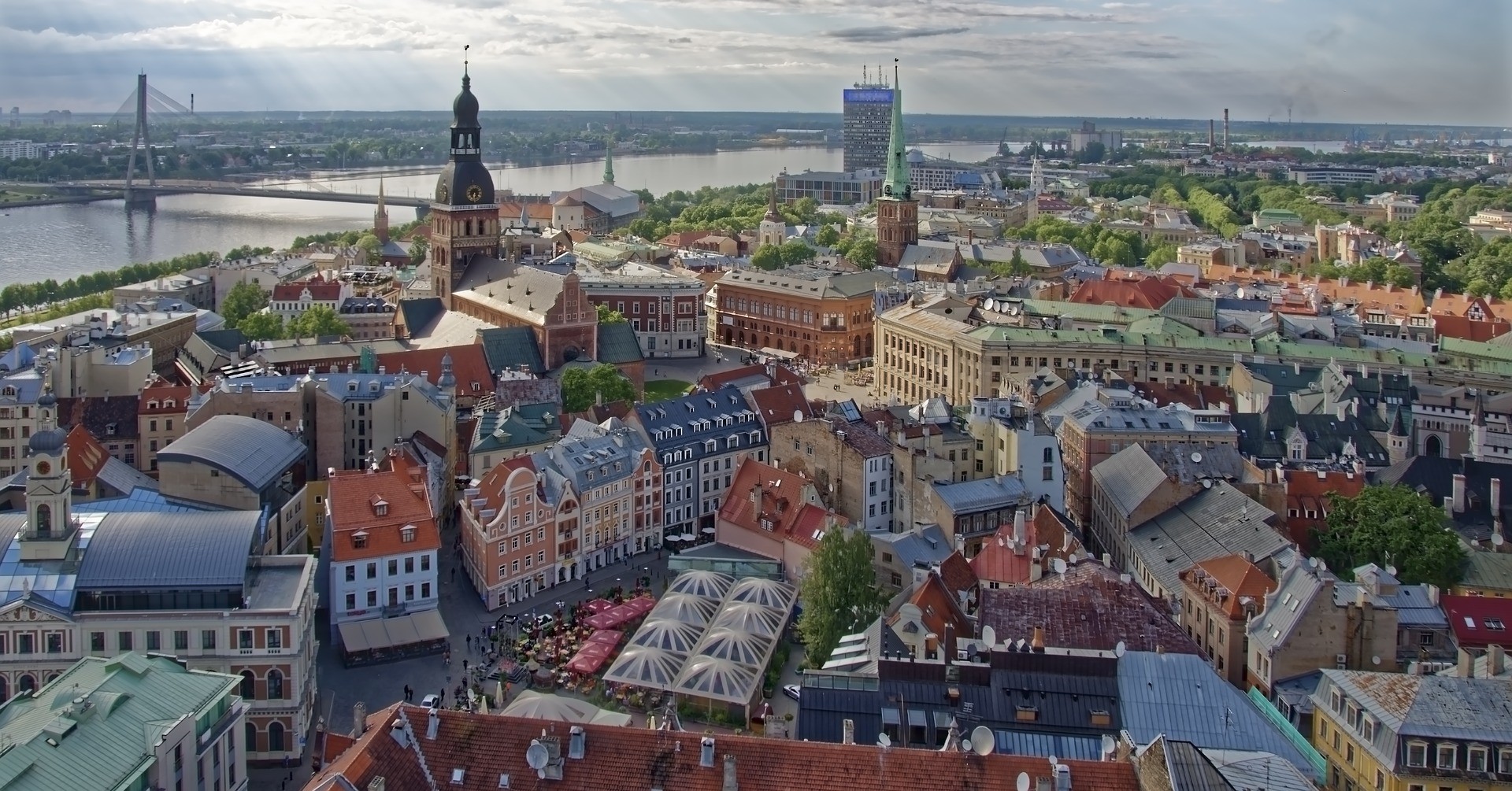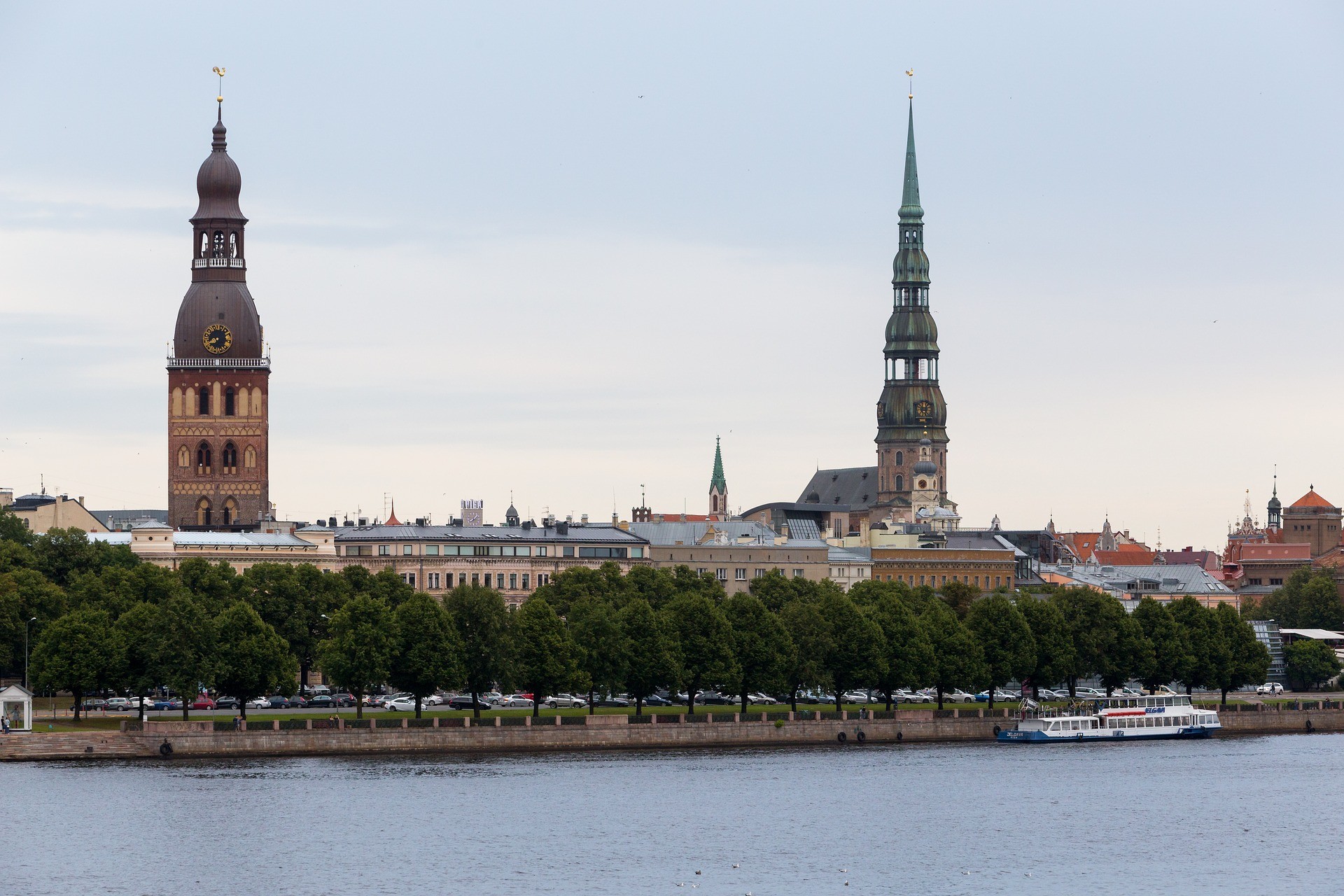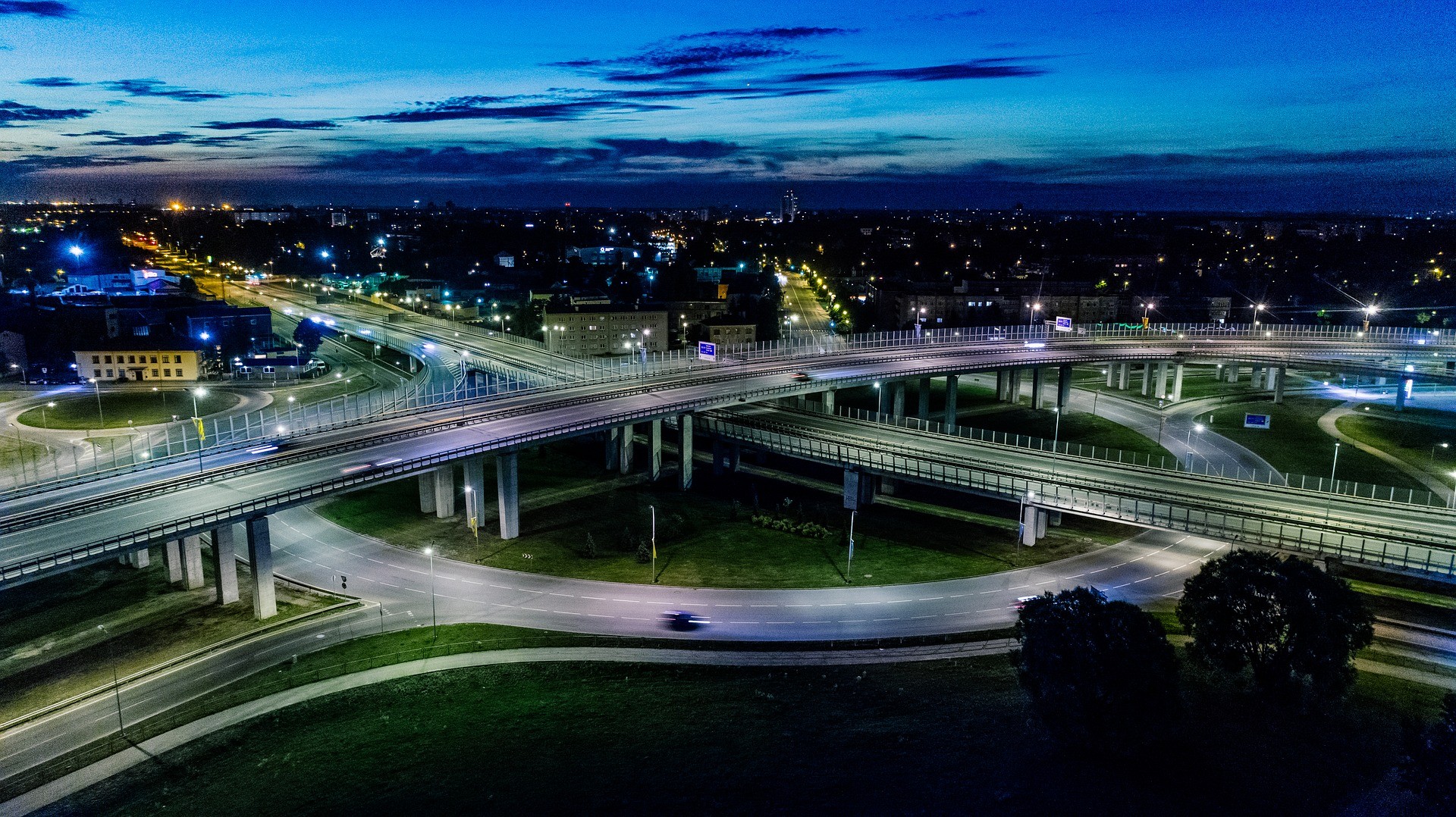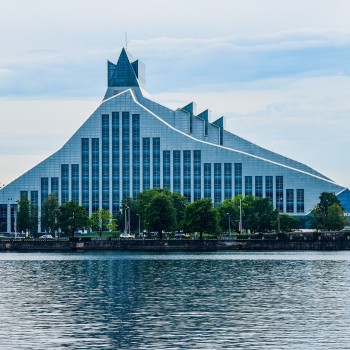Latvia
Latvia
Capital city description
Riga, the capital city of Latvia, is located at the mouth of the Daugava River, on the Baltic Sea’s southern shores. It has more than 600 000 residents, making it the largest city in the Baltic States. Riga is a central commercial and industrial hub in Latvia and the Baltic region.
Riga’s Old Town is a UNESCO World Heritage Site. It is also known as an architectural jewel. It houses many ancient churches from the city’s origins, medieval buildings in the Old Town, unique examples of Art Nouveau, and wooden architecture that has survived modern architectural jewels centuries. The city boasts the most famous cultural center, including the magnificent Opera House, various music halls, and independent cinemas.
Climate
Latvia has a moderate oceanic climate, with cool winters and mild pleasant summers. It sometimes gets as cold as -6.6 degrees Celsius (20.1°F) to -2.8°C (27°F) in winter. Continuous snow cover in Latvia lasts around 82 days, with an average of 177 frost-free days a year.
Languages spoken
There are five main languages spoken in Latvia: Latvian, Latgalian, Russian, Ukrainian, and Belarusian. Among the five languages, Latvian is the official language.
Fun/Fascinating Facts
- Latvia has one of the world’s tallest women, with the average lady coming in at an impressive 170 cm, and Latvia has the highest rates of fashion models.
- Latvia has one of the world’s fastest internet connections, with over 800 free connection points in Riga.
- Latvia is home to the widest waterfall in Europe, stretching at 270 m during the spring thaw. Venta Rapid in Kuldīga is Europe’s widest waterfall.
- A young Latvian originally designed the timeless jeans, Jākobs Jufess, also known as Jacob Davis, was born in Riga, Latvia, and migrated to the USA.
- Latvia is home to many deciduous tree species, including – oak, aspen, birch, black and white alder, and others.
Unique Customs/Traditions
- Latvian towns are known for their annual fairs that consistently provide a good lesson about traditional craftsmanship – weaving, ceramics, basketry, jewelry-making, wood carving, and metal forging.
- Traditionally in Latvia, people pick plants and herbs with healing properties from the forest and mushrooms. Foraging is an ancient tradition of picking plants and herbs from the woods with specific health benefits.
- Wild swimming and ice swimming are also widespread traditions in Latvia. Swimming in the sea or ice holes, locals embrace the winter temperature for an adrenaline rush. The locals bravely swim in the icy winter sea to benefit the immune system and mental well-being; they are called Latvian Ronis, which means seal in Latvia.
- Celebrating midsummer is one of Latvia’s oldest cultural customs and can be traced back to Pagan times. People light fires, sing songs, and celebrate the midnight sun all around the country.
Popular universities
| Name | Description | |
|---|---|---|
| The University of Latvia (Latvijas Universitate) | The University of Latvia (Latvijas Universitate) is a for-profit public higher education institution located in Riga. It has 13 faculties and is one of the largest comprehensive research universities in the Baltic States with educational and research potential in humanities, social, and natural sciences. The university was founded in 1919. | |
| Riga Technical University (Rigas Tehniska Universitate) | Riga Technical University (Rigas Tehniska Universitate) is a non-profit public higher education institution located in the urban setting of the large city of Riga. Founded in 1862, Riga Technical University is the oldest technical university in the Baltic region. Faculties at Riga Technical University range from Civil Engineering to Aeronautics. Currently, there are five courses taught in English at the faculty, from undergraduate to Ph.D. level. | |
| Latvia University of Life Sciences and Technologies(Latvijas Lauksaimniecibas universitate) | Latvia University of Life Sciences and Technologies(Latvijas Lauksaimniecibas universitate) is a higher education and science establishment of the Republic of Latvia, where scientific research and academic and professional study programs are carried out. It consists of faculties: Faculty of Agriculture, Forest Faculty, Faculty of Veterinary Medicine, Faculty of Engineering, Faculty of Environment and Civil Engineering, Faculty of Food Technology Faculty of Economics and Social Development, Faculty of Information Technologies. | |
| Rezekne Academy of Technologies (Rezeknes Tehnologiju Akademija) | Rezekne Academy of Technologies (Rezeknes Tehnologiju Akademija) is a state-founded higher education institution with unlimited international accreditation. Rezekne Academy of Technologies offers to achieve knowledge in Economic and Management, Engineering and Education, Language and Design, more than 50 Bachelor, Master, and Doctoral study programs in Latvian and 14 programs in English. The university has Research Institute for Regional Studies and six research centers. Rezekne Academy of Technologies also provides studies in Livani and Madona branches. | |
| Riga Stradiņš University (Rigas Stradina Universitate) | Riga Stradiņš University (Rigas Stradina Universitate) is a public university located in Riga, Latvia. Riga Stradiņš University's nine faculties provide undergraduate and postgraduate level studies in various programs. High school students and doctors of science have the opportunity to study at Riga Stradiņš University, enhance their education and contribute to the creation of knowledge and new technologies. | |
| Turība University | Turība University (Biznesa augstskola Turiba) is the largest private university in the Baltics with four faculties in the Faculty of Business Administration, Faculty of Law, and Faculty of International Tourism and Faculty of Communication. It was founded in 1993. Turība University implements nationally and internationally accredited education programs and conducts scientifically practical research to develop business competencies of the community and promote regional development. | |
| Daugavpils University (Daugavpils Universitate) | Daugavpils University (Daugavpils Universitate) is a for-profit public higher education institution located in the urban setting of Daugavpils, founded in 1921 and today is the most prominent regional state university in Latvia. Daugavpils University continues its pedagogical traditions, focusing on life sciences, linguistics, social sciences, and management. The Faculty of Education and Management, the Faculty of Natural Sciences and Mathematics, the Faculty of Social Sciences, the Faculty of Music and Arts, and the Faculty of Humanities of Daugavpils University offer more than 50 study programs of all academic levels. | |
| Art Academy of Latvia (Latvijas Makslas akademija) | The Art Academy of Latvia (Latvijas Makslas akademija) is a non-profit public higher education institution located in Riga, established in 1919. The Art Academy of Latvia is consists of five faculties: Faculty of Visual Arts (2D), Faculty of Visual Plastic Arts (3D), Faculty of Audio-Visual Media Art, and Faculty of Art History. | |
| Stockholm School of Economics (Rigas Ekonomikas augstskola) | The Stockholm School of Economics (Rigas Ekonomikas augstskola) in Riga is a private international business school located in the historical center of the Latvian capital. It was founded in 1994. Stockholm School of Economics offers a two-degree program: The three-year BSc in Economics and Business and the two-year Executive MBA program. Both programs are taught in English. | |
| University of Liepāja (Liepaja University) | The University of Liepāja (Liepaja University) is a for-profit public higher education institution located in the urban setting of the small city of Liepaja. The university consists of four faculties: Science and Engineering, Management and Social Sciences, Humanities and Arts, and Pedagogy and Social work. The University of Liepāja offers 37 different study programs, including four doctoral programs, 11 Master’s programs, and 22 Bachelor’s programs. It provides eight international study programs taught in English. | |
Festivals & Events
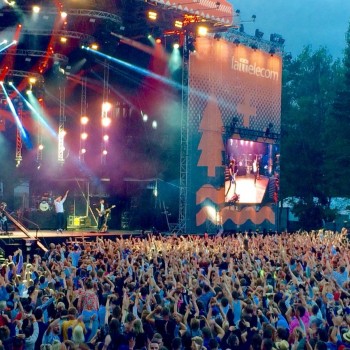
Positivus Festival
Date: 15th-16th July
Positivus Festival is a famous annual, two-day summer music and culture festival held in Salacgrīva, Latvia. The festival mixes various music genres with exciting recreational activities, from sports to vintage, arts and crafts shopping, yoga, theatre, film, etc.
Each year, the festival offers its visitors a variety of outstanding performers, ample entertainment options, and a lively atmosphere, which together create an unforgettable experience.
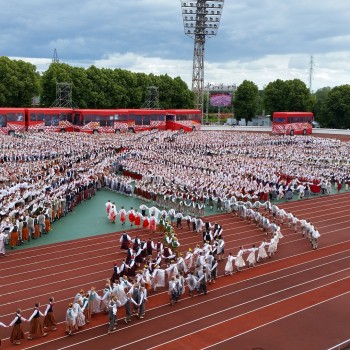
Latvian Song and Dance Festival
Date: July
Since 1873, the Latvian Song and Dance Festival have been a significant event in Latvian culture and social life, held every five years. During the festivals, exhibitions of photography, art and folk craft, orchestra concerts, and a festive parade also occur.
Events and competitions leading up to the event occur throughout the period between festivals. Around 30,000 performers altogether participate in the event, making it one of the most significant events in Europe.
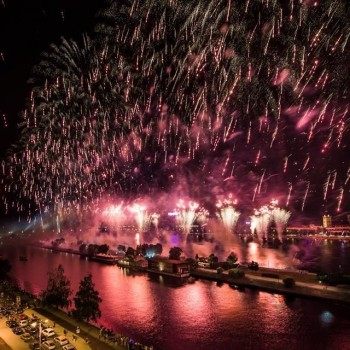
Riga City Festival
Date: August (date varies)
Riga City Festival is one of the biggest Latvia cultural festivals, making the capital city of Riga turn into a lively carnival arena during the week of the festival. The festival offers free open-air concerts and entertainment for all, many people flocking over all the parks and gardens to witness the incredible fireworks show.
Tourists take to the streets with fun and frolic and blend in with the locals to celebrate their food, music, art, and entertainment culture.
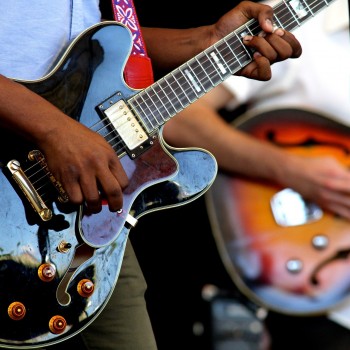
Students Paradīze
Date: September
Students Paradīze is the most extravagant celebration of the opening academic year in Baltics that will gather together thousands of students in Arena Riga. Around 10,000 students and visitors from Latvia enjoy performances and parties to welcome the new school calendar.
Students Paradīze is organized to create a feeling of unity amongst students and manage one celebration of the opening academic year for all Latvian students. Students can join several stages at this event, where many different artists from Latvia and other countries perform.

Mid-summer festival
Date: 23rd-24th June
Latvia's summer solstice or mid-summer festival is a modern pagan celebration. One famous, lively, and colorful festival, the mid-summer festival, celebrates annually between the 23rd and 24th of June. Local and tourists enjoy many exciting activities, including drinking beer by the bonfire, grilling meat, eating the traditional Midsummer cheese, and singing and dancing to seasonally-specific folk songs in the open air.
Traditionally, many women make and wear wreaths from wildflowers, one of the most beautiful midsummer customs. The usual choice for ladies' flower crowns are daisies, cornflowers, and clover.

Latvian Beer Fest
Date: May
The Latvian Beer Fest in May is a massive annual event in the Baltic States, offering an exciting adventure and a genuine beer in the heart of Riga City, in Vermane Garden.
The festival brings together the best craft beers offered by nearly fifty breweries, which taste hundreds of flavors and aromas. In addition, there are plenty of musical performances and competitions the festival has to offer.

Riga Salsa Festival
Date: August-September
Begun in 2005, the Riga Salsa Festival is one of Latvia's capital's famous and big celebrations, held annually in June. Many salsa dancers from nearby countries like Spain and Portugal flock to the city to join the largest salsa event in the Baltic Region, one of the most popular in Europe.
The festival hosts live performances from world-renowned salsa artists, workshops, salsa masterclasses, and a salsa ball.
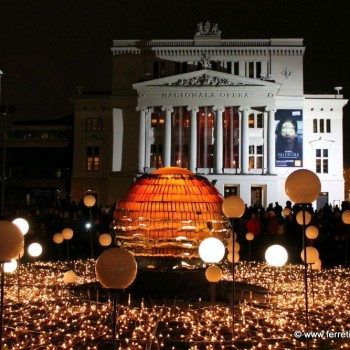
Riga Opera Festival
Date: September- November
The Riga Opera Festival's annual music festival celebrates and promotes Latvian singers and musicians to the rest of the world. It was originated in 1998; since then, it has become part of the country's tradition.
The opera is organized in the capital city, Riga, where thousands of Latvians and international melophiles gather in millions to celebrate the art of music.
Attractions / Top Sights
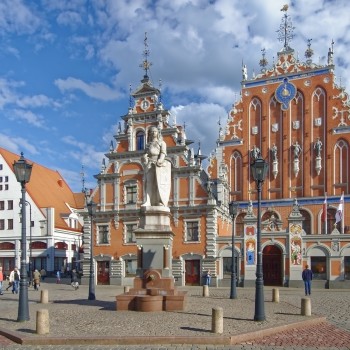
Riga Town Hall Square
When to visit: Between April and September
After being massively destroyed by World War II, Riga's beautiful Town Hall Square has been entirely re-built, boasting its stunning historical structure.
Presently, the Town Hall Square is a home for the Riga City Council, The House of Blackheads, Riga Technical University, walk-in Riga Information office, Museum of Occupation of Latvia, and several cozy restaurants and coffee shops.
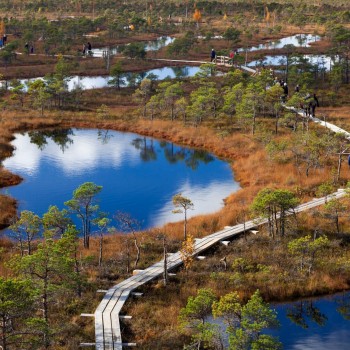
Kemeri National Park
When to visit: In summer
Kemeri National Park is the third-largest and most stunning national park in the country, occupied mainly through mires and forests, known for its Kemeri bog, biological diversity, therapeutic mud, and mineral waters.
Kemeri National Park is home to ferns, moss, and transitional bogs due to its wetlands. Ķemeri National Park has short and long boardwalk trails, with an observation platform famous with photographers for sunrise and sunset scenes.
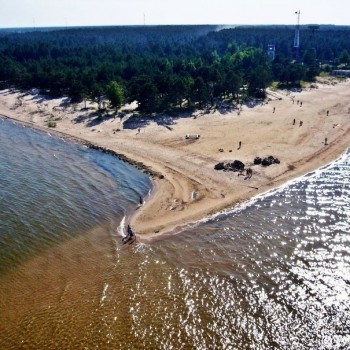
Cape Kolka
When to visit: In summer
A stunningly beautiful cape on the Baltic Sea, near the entrance to the Gulf of Riga, Cape Kolka, the cape is enchantingly desolate and hauntingly beautiful. Cape Kolka is the best place to consider for those who love vacations on the beach.
Cape Kolka is an excellent place to watch migratory birds; dozens of thousands of birds fly over the cape during the bird migration.
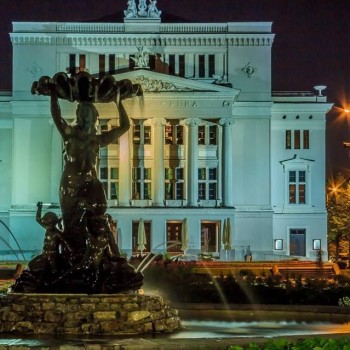
Latvian National Opera and Ballet
When to visit: May to September
When to visit: Latvian National Opera and Ballet
The Latvian National Opera and Ballet is an opera house featuring world-class classical opera, modern opera, and children's opera-ballet performances.
The most prominent cultural offers include the magnificent Opera House, various music halls, and independent cinemas.
.jpg)
Riga
When to visit: In summer
Riga is one of the significant cities in the Baltic. Riga's historical center is a UNESCO World Heritage Site, home to many medieval buildings in the Old Town, unique examples of Art Nouveau, and wooden architecture that has survived the centuries modern architectural treasures.
Rīga is a short drive from the jet-setting sea resort, Jūrmala, with a stunning white-sand beach. If you are craving solitude and a pristine environment, gorgeous sea dunes and blueberry-filled forests begin right outside the city boundaries.
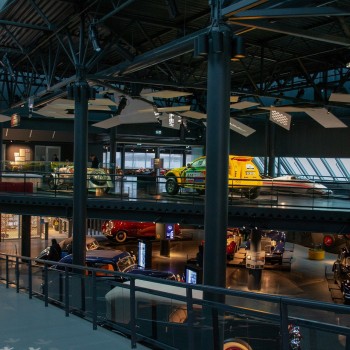
Riga Motor Museum
When to visit: May to September
Riga Motor Museum houses the most extensive array of antique motor vehicles in the Baltic. An exhibition at the museum shows the story created for antique cars, famous people, and the most historical events in the automotive world.
The museum consists of three floors, each with a different theme. The ground floor starts with the history of the automobile. The first floor focuses on motorsports, cars of cultural significance, and the soviet car industry, including a collection of soviet state cars used to transport soviet leaders safely and luxuriously. The basement contains a range of trucks and particular vehicles, including fire trucks, ambulances, and other early unique cars.
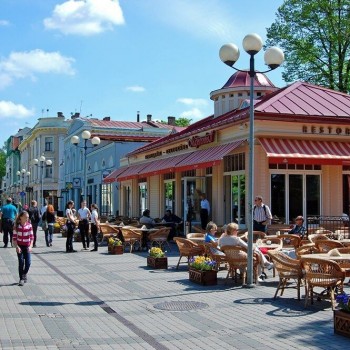
Jūrmala
When to visit: May to September
Jūrmala is a beautiful resort town nestled between the Gulf of Riga and the Lielupe River. It is a famous tourist attraction with long beaches facing the Gulf of Riga and romantic wooden houses in the Art Nouveau style.
Jūrmala houses one of the largest water amusement parks in Northern Europe, the Livu Akvaparks. The three floors of Līvu Akvaparks include more than 20 slides, more than ten pools of various depths and sizes, attractions for children, a SPA complex with four saunas, a cold pool, a salt chamber, bubble baths, and air and underwater massage facilities.
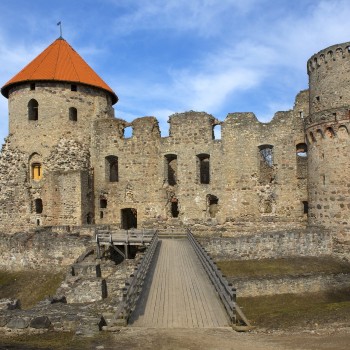
Cēsis Castle
When to visit: May to September
Cēsis Castle is Latvia's most well-known and best-preserved medieval castle. The primary site of interest in the castle is the Western Tower, which attracts thousands of visitors with the Master's Chamber and the chance of getting a bird's eye view of the stunning surroundings. The loft windows open to the scenery of the captivating surroundings of Cēsis in all its glory.















